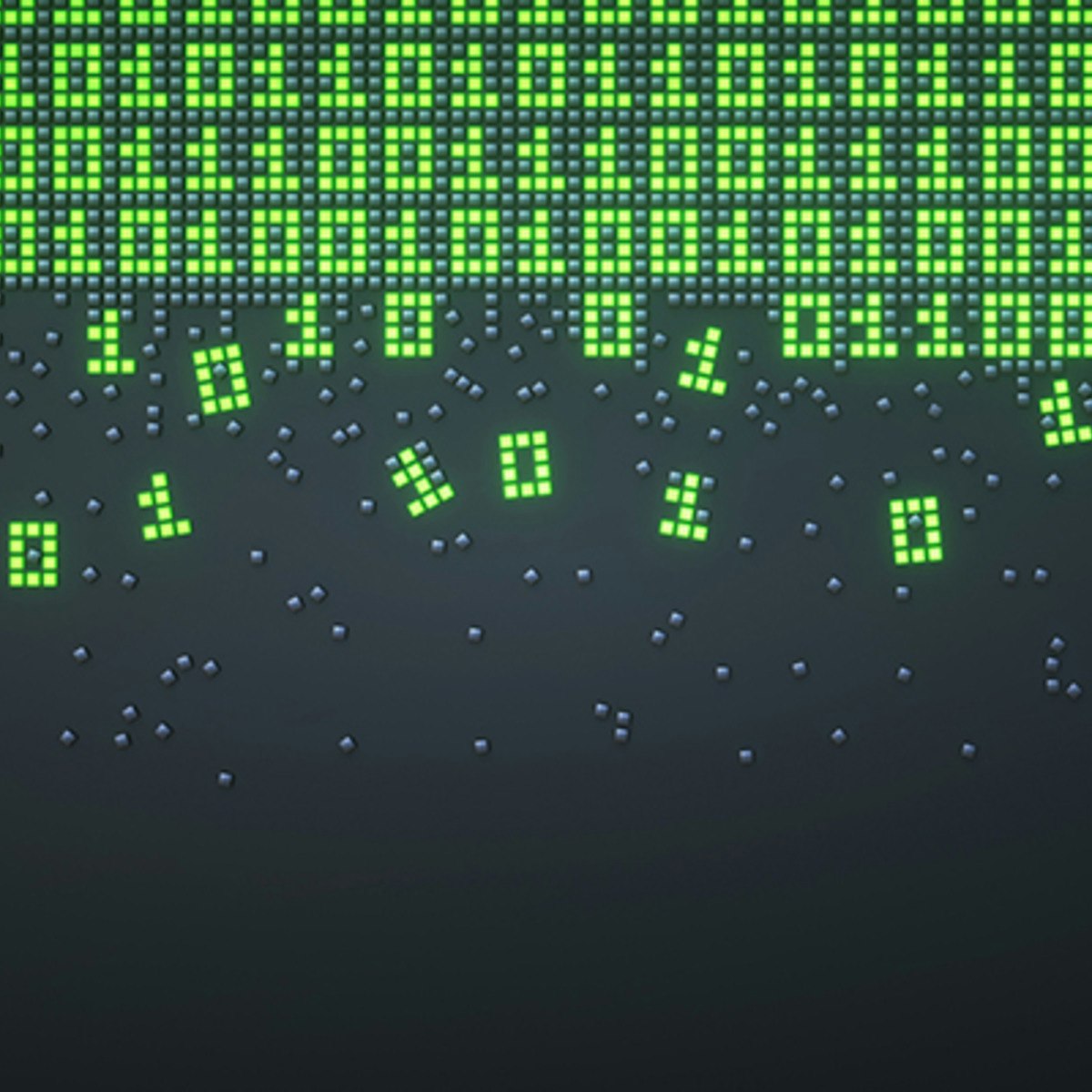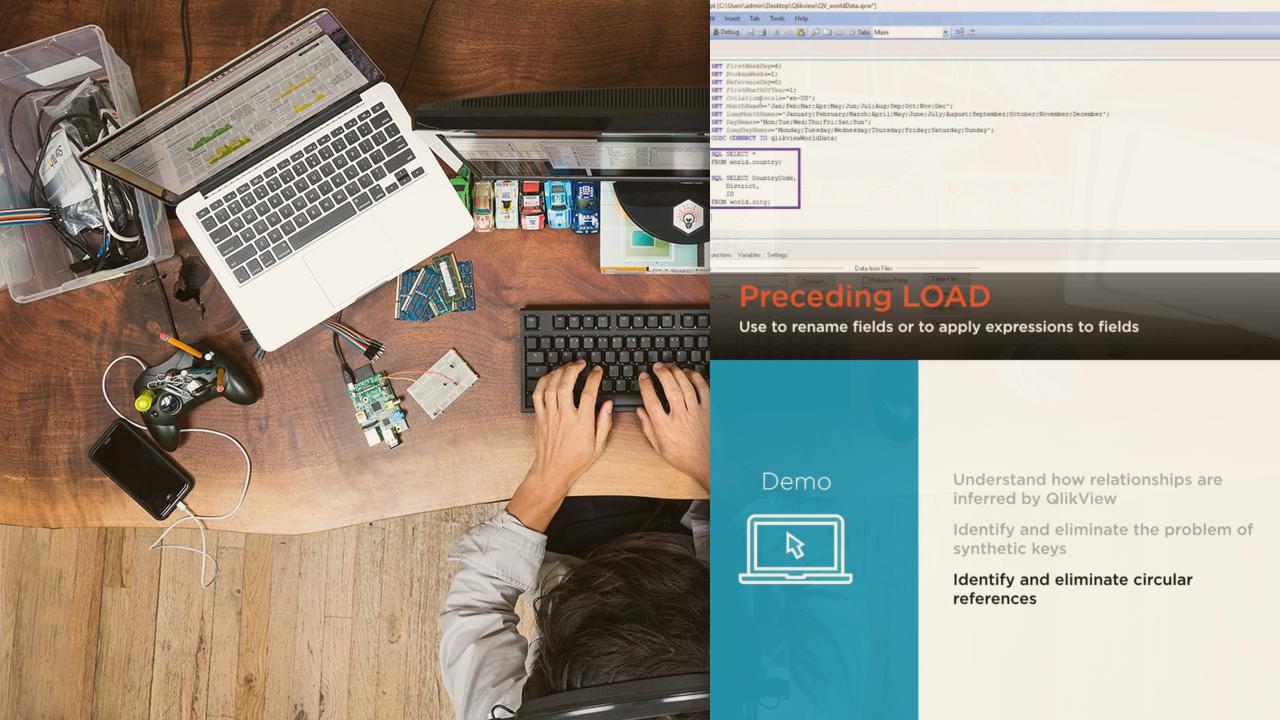Description
In this course, you will learn:
- Python programming in its most basic form.
- Theoretical foundations of stochastic processes.
- Brownian particle simulation methods.
- Financial data analysis is one example of such application.
Syllabus:
1. Python programming for beginners
- Using Python, iPython, and Jupyter notebook
- Making graphs with matplotlib
- The Euler method for numerical integration
- Simulating a damped harmonic oscillator
2. Distribution function and random number
- Stochastic variable and distribution functions
- Generating random numbers with Gaussian/binomial/Poisson distributions
- The central limiting theorem
- Random walk
3. Brownian motion 1: basic theories
- Basic knowledge of the Stochastic process
- Brownian motion and the Langevin equation
- The linear response theory and the Green-Kubo formula
4. Brownian motion 2: computer simulation
- Random force in the Langevin equation
- Simple Python code to simulate Brownian motion
- Simulations with on-the-fly animation
5. Brownian motion 3: data analyses
- Distribution and time correlation
- Mean square displacement and diffusion constant
- Interacting Brownian particles
6. Stochastic processes in the real world
- Time variations and distributions of real world processes
- A Stochastic Dealer Model I
- A Stochastic Dealer Model II
- A Stochastic Dealer Model III









